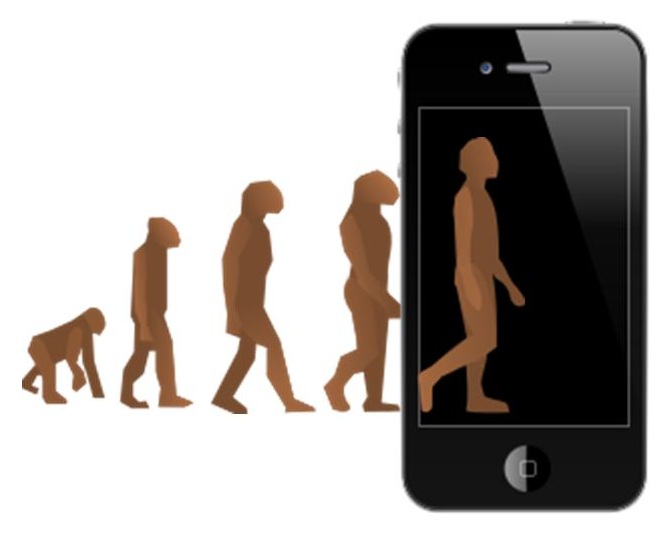 Mobile commerce is becoming more social
Mobile commerce is becoming more social
Commerce continues to evolve as more consumers become tethered to their mobile devices and place more importance on social media. This evolution first began in the 80’s with the advent of the Internet and e-commerce. The proliferation of mobile technology brought about mobile commerce, which has only emerged within the past few years and is still considered to be in a state of infancy. Now, however, commerce is showing signs of a new evolutionary step, one called “participatory commerce” or “Pinterest commerce.”
Participatory commerce continues to gain some traction
Participatory commerce, as a term, was first coined by Mark Pincus, CEO of Zynga, in 2005. The term became somewhat popular in 2010 to describe the business model of FashionStake, a retail startup that was acquired by Fab.com in 2012. The term itself refers to a sales model that allows consumers to participate in the design, selection, and funding of certain products they are interested in purchasing. In some ways, this model is similar to popular crowdfunding platforms like Kickstarter, where individuals funding a project have some control over how that project will take form.
Retailers find value in social networking
Participatory commerce began being called Pinterest commerce in 2011 during the social network’s unexpected rise to fame. The retail industry was quick to see the possible benefits that Pinterest represented and moved to leverage the social network to their advantage. While Pinterest does not allow for online sales, it has proved to be a valuable platform through which retailers can expose consumers to new products and encourage online shopping.
New forms of commerce becoming increasingly social
The term is not widely used and is often considered to be an unnecessary subcategory of mobile commerce itself. It does, however, draw attention to the growing role of social media in the mobile commerce sector. Sites like Pinterest already hold a great deal of influence over consumers and retailers are becoming more adept at using these platforms to connect with mobile consumers in various demographics.
 Mobile commerce experiencing strong growth in retail
Mobile commerce experiencing strong growth in retail
IBM has issued a new report concerning the growth of mobile commerce in the retail sector. The report — “Online Retail Index” — shows that mobile commerce has been growing in popularity among mobile consumers that favor their smartphones and devices over traditional means of shopping. Many of these consumers have become very comfortable with the concept of shopping online but are becoming less likely to remain tethered to stationary computers while doing so. Mobile technology has allowed these tech-savvy consumers to shop wherever they are, enabling them to shop more frequently and, in some cases, spend more money.
Tablets contributing to expansion of mobile shopping
According to the IBM report, mobile commerce grew by 31% in the first quarter of this year, up from where it had been in the same period of 2012. The report notes that growing tablet use is a major contributing factor to the growth mobile commerce is experiencing. Many consumers consider tablets to be convenient mobile shopping platforms. Larger screens offer better functionality with conventional e-commerce sites, making these sites easier to navigate removing some of the problems consumers have had with purchasing products.
Online sales are becoming increasingly mobile
The report indicates that mobile commerce now accounts for 17.4% of all online retail sales. This is expected to grow in the future as more consumers become acclimated to the concept of mobile shopping and purchasing products with nothing more than their smartphones or tablets. IBM predicts that growth will be sustained by retailers’ ability to provide consumers with a positive shopping experience and their ability to cater to tablet users.
Interactive technologies help attract consumers to mobile commerce
The IBM report notes that the use of interactive technologies, such as augmented reality and QR codes, has helped boost the adoption of mobile commerce. These technologies have been able to engage consumers in a new and dynamic way, encouraging them to make purchases of products that they are most interested in. In the case of QR codes, consumers have been able to make use of retailer discounts at a higher frequency, as long as they purchase products from a mobile device.
 Mobile commerce is becoming more social
Mobile commerce is becoming more social
 Mobile commerce experiencing strong growth in retail
Mobile commerce experiencing strong growth in retail